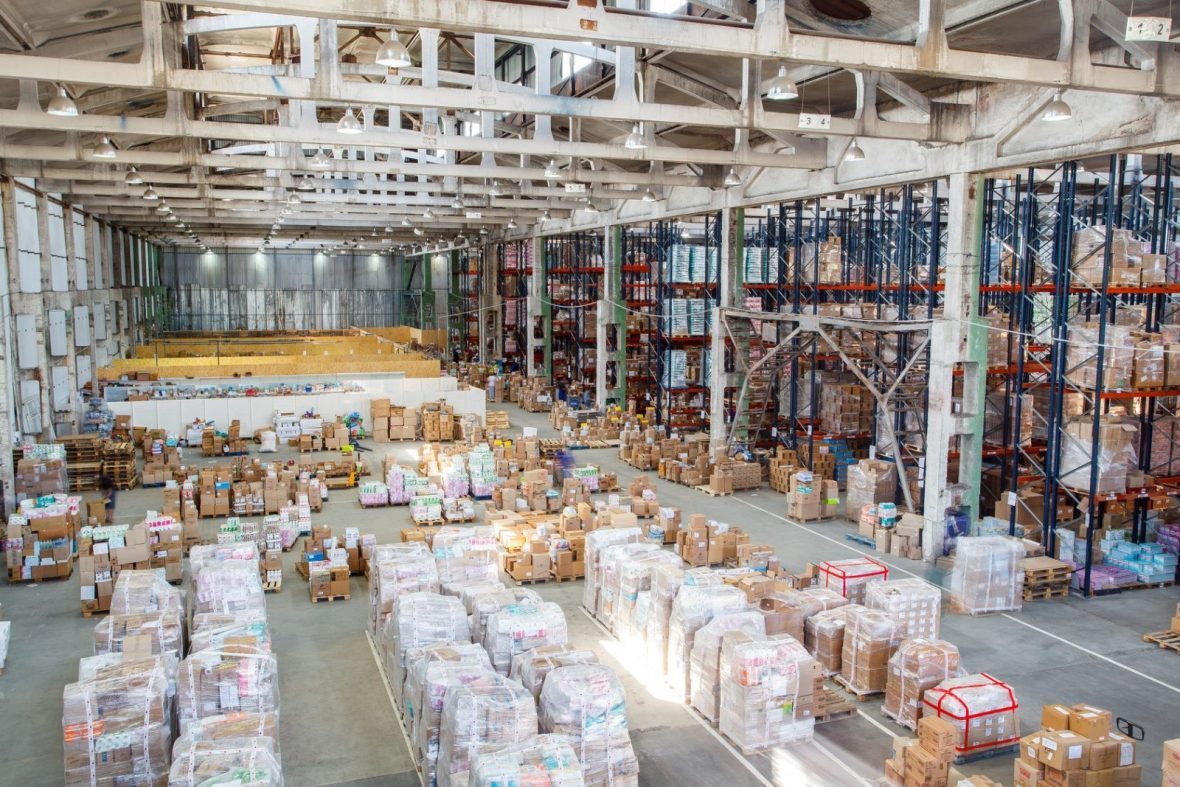Food supply chain
Take a fresh look at racking safety and supply chain training
The fresh produce supply chain is designed to optimize the handling, transportation, and storage of palletized product – the unit load. Efforts to improve the efficiency of unit load operations at any point in the supply chain can be counted upon to generate positive results. To achieve those results however, you need to make sure that all your staff receives an updated supply chain training.
When it comes to unit load storage, steel storage racks are the critical element. Racks are found in packing sheds, processing plants, distribution centres, and the storage area of retail locations. If the racks are not correctly installed, maintained, and repaired, there is a risk of catastrophic failure, which could result in injury or even death to workers.
Watch for storage racks to come under closer scrutiny. Effective January 1, 2018, WorkSafeBC introduced new regulations to better ensure the safety of their workers around storage racks. They cover rack systems over 2,4 meters in height or rack systems under 2,4 meters if loads are handled by a forklift. While worker safety has long been protected by OSHA’s General Duty Clause1 or General Conditions requirements of other safety legislation, the detailed requirements in WorkSafeBC have influenced other jurisdictions to pay closer attention to racking systems.




